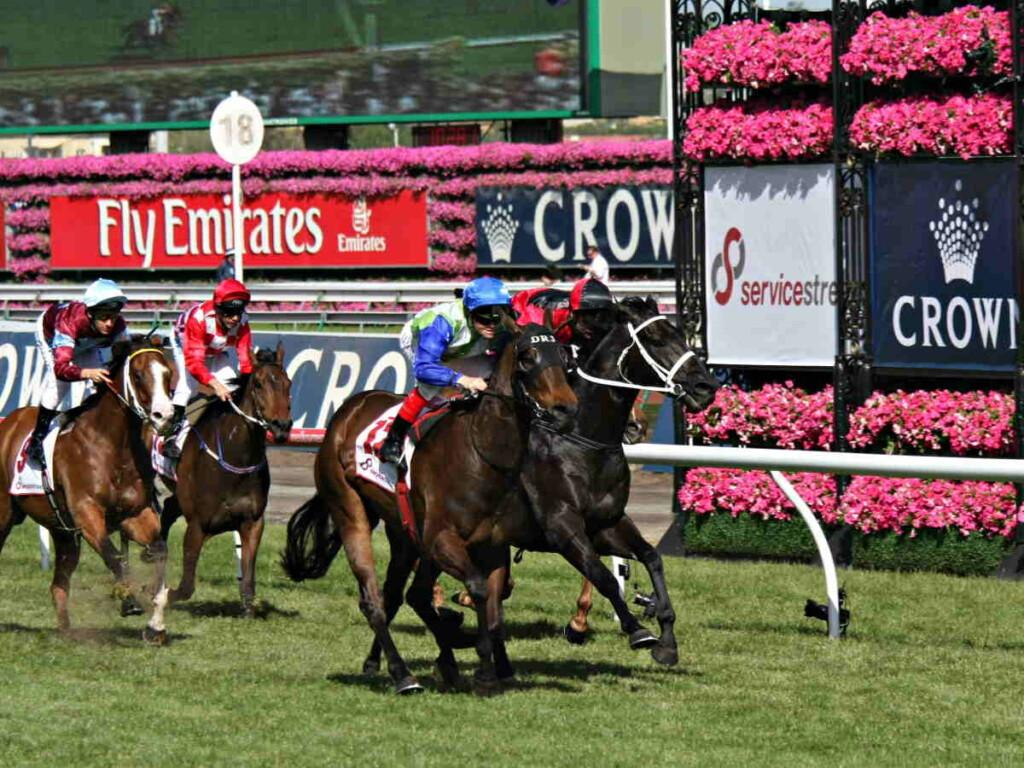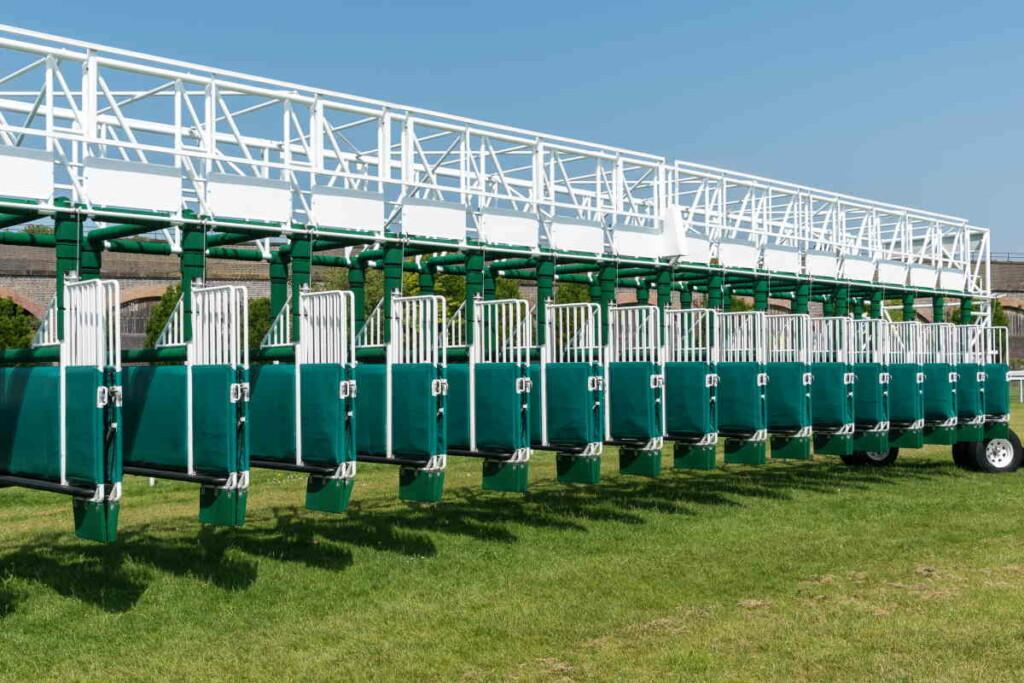World Cup tournaments always provide excellent opportunities to try out trading, and the Cricket World Cup is no exception.
In fact, with a number of outsiders winning the trophy over the tournament’s history, the Cricket World Cup may be one of the best major tournaments for cashing in on trades.
A brief introduction to trading
Trading involves placing two bets on a single selection in a sports event. One of the bets is a back bet, which backs the selection, and the other is a lay bet (that is, a bet against the selection winning).
If the two bets are timed and calculated properly, the trade will guarantee a profit irrespective of the final outcome of the event. You can learn more about trading, with examples, from the betHQ guide to trading.
Why the Cricket World Cup is great for trading
Like the Football and Rugby World Cups, the Cricket World Cup has been dominated by a handful of teams.
Only five countries have managed to take a World Cup title since the inaugural tournament in 1975, with Australia, the West Indies and India winning all but two of the tournaments contested to date.
Nonetheless, several tournaments have produced “upset” winners, with relatively unfancied or out-of-form sides lifting their games to win the World Cup title.
These include:
- India in 1983
- Australia in 1987
- Pakistan in 1992
- Sri Lanka in 1996.
In addition, a number of short odds contenders have failed to progress past the group stages of the tournament. These have included:
- India in 2007
- Pakistan in 2003 and 2007
- South Africa in 2003
- England in 2003
- West Indies in 2003.
Unexpected performances by genuine contenders cause significant fluctuations in their odds during the course of the tournament.
Another factor that causes odds to swing wildly is the frequent upsets inflicted on top teams by “associate” (non-test playing) nations.
Examples include Kenya beating the West Indies in 2003, a number of triumphs by Ireland and the upsets routinely dished out by relative minnows Bangladesh and Zimbabwe.
Upsets of this kind can have a substantial impact on the outright odds of the stronger team, without necessarily damaging their overall prospects of progressing to the knockout rounds of the tournament.
The odds fluctuations created by this kind of volatility provide the perfect environment for placing profitable trades. Keep reading to find out how to use this volatility to make money from your Cricket World Cup bets.
Making a trade
There are two ways to trade in the Cricket World Cup – laying a favourite or backing an outsider.
Laying a favourite
You can lay a favourite at the Cricket World Cup either in advance of the tournament or in the very early stages of the event.
This is a good option if you feel that one of the top teams at the tournament is overrated by bookies or is likely to suffer an upset in the group stages.
To start your trade with a lay bet, all you need to do is visit a betting exchange such as Betfair and:
- select a short odds team you think will underperform or suffer an upset during the group stages
- place a lay bet on this team while its odds are low
- wait for the team to put in a series of poor performances or to suffer an upset
- place a back bet at higher odds on the same team to ensure you generate an overall profit if the team goes on to win.

Example:
England begins the World Cup priced at 5/1.
You place a £20 lay bet on England in the outright winner market. This means you’ll win £20 if the team doesn’t win the World Cup, but you’ll need to pay out £100 if the team does win the title.
England are upset by Ireland in the group stages of the event. As a result, their odds drift to 12/1 in the outright markets. You then place a £10 bet at that price, which means you’ll get a £120 payout if the team does win the tournament.
And with that you’ve locked in your trade!
If England wins the World Cup, you’ll lose £100 on your lay bet and earn £120 on your back bet, giving you a profit of £20. If England doesn’t win, you’ll earn £20 on your lay bet and lose £10 on your back bet, giving you a £10 profit.
As you can see from this example, timing is everything. If England follows up their defeat to Ireland with a win over a team like Australia or India, you might see the team’s odds tighten to below 5/1, leaving you unable to lock in a profit on your trade.
As you can see from this example, timing is everything. If England follows up their defeat to Ireland with a win over a team like Australia or India, you might see the team’s odds tighten to below 5/1, leaving you unable to lock in a profit on your trade.
Backing an outsider
Another way to play a trade is to get behind a side that is unfancied ahead of the tournament, but that you believe is capable of producing an upset against a higher-ranked team.
The potential for profit here can be considerable if you make the right pick because bookies tend to under-price favourites while over-pricing outsiders.
In the 2015 Cricket World Cup, for example, Bangladesh started the tournament priced by Bet365 at 100/1, despite their reputation for causing upsets.
Before starting a trade with a back bet, you need to be sure that the team you select has a good chance of inflicting a major upset at the World Cup or progressing further than expected.
To place a trade with a back bet, you take these steps:
- select an outsider you think will perform better than expected at the Cricket World Cup
- place a back bet on the team while its odds are high
- wait for the team to put in some good performances
- place a lay bet at lower odds that will guarantee an overall profit on your trade if the team doesn’t win the World Cup.

Example:
Say you use £10 to back Bangladesh to win the World Cup at a price of 100/1. This means that if Bangladesh were to win the tournament, you’d secure a £1,000 payout.
Bangladesh then produce a couple of strong performances, reaching the second round of the World Cup. This causes the team’s odds to contract to 15/1. You place a £50 lay bet at this price. This means you’ll win £50 on your lay bet if Bangladesh fails to win the title, and lose £750 if the team wins the tournament.
With that bet, your trade is locked in. If Bangladesh win the Cricket World Cup, you’ll win £1,000 on your back bet and lose £750 on the lay bet, giving you an overall profit of £250. If Bangladesh lose the tournament, you’ll earn £50 on the lay bet and lose £10 on the back bet, giving you an overall profit of £40.
What do you do if your trade is not working out?
It’s important to note that your team may not meet your expectations, whether you’re backing them to do either better or worse than expected. In this case, you won’t be able to trade for a profit. However, you can minimise your losses or break even.
If your team doesn’t perform to expectations, you’ll need to place the second bet in a way that will “cover” your first bet. How you do this will depend on whether you placed a lay bet or back bet first.
What do you do if your trade is not working out?
It’s important to note that your team may not meet your expectations, whether you’re backing them to do either better or worse than expected. In this case, you won’t be able to trade for a profit. However, you can minimise your losses or break even.
If your team doesn’t perform to expectations, you’ll need to place the second bet in a way that will “cover” your first bet. How you do this will depend on whether you placed a lay bet or back bet first.
If you placed a lay bet first
Say England starts the World Cup priced at 5/1. You don’t expect England to do well, so you place a £20 lay bet on the team ahead of the tournament.
England then performs better than you expected and manages to reach the tournament finals. Now England is priced at 3/1 to win the tournament.
At this point, you’re at risk of losing your lay bet, which will cost you £100. So you’ll need to place a back bet to cover you in the event of an English victory.
If you bet £30 on England at 3/1, you’ll earn a £90 payout if England wins the tournament. You’ll lose £100 on the lay bet for an overall loss of £10.
If England goes on to lose the final, you’ll win £20 on the lay bet but lose £30 on the back bet, for an overall loss of £10.
If you placed a back bet first
Consider the example of Bangladesh. To start, you place a £10 back bet at 100/1 on Bangladesh to win the World Cup.
Instead of putting in stronger-than-expected performances, Bangladesh lose their first match of the tournament to a minnow. This immediately causes the team’s odds to drift to 120/1.
At this point, you may want to cut your losses and lock in your trade. You can do this by placing a lay bet on Bangladesh. For instance, you lay £8 on Bangladesh, which means you’ll earn £8 if the team is eliminated from the tournament. You’ll have to pay out £960 if the team wins the tournament.
With the trade locked in, you now stand to lose only £2 overall if Bangladesh is eliminated from the tournament. You’ll win £8 on your lay bet but lose your £10 back bet.
If Bangladesh surprises everyone and wins the tournament, you’ll make a £40 profit, winning £1,000 on your back bet but losing £960 on your lay bet.
A few things to keep in mind
Trading an outsider is the safer option
If you back an outsider at long odds and they don’t perform better than expected, you’re in a much better position when you need to cover your losses on the second bet.
This is because it’s extremely unlikely that an outsider will go on to win a tournament once they have put in a few bad performances. In turn, this means you can quite safely place a large lay bet if things don’t go to plan.
Consider the example of Bangladesh from above. Once the team’s odds have drifted to 120/1, there’s no reason you can’t lay a £20 stake on the team. This will net you an overall profit of £10 on the trade once Bangladesh is eliminated from the tournament.
Trading a favourite is the riskier option
If you lay a favourite early in the tournament, you’re going to have a harder time covering your losses if they perform well and you need to make a trade.
This is because there will be uncertainty over whether the team could win or lose the title, right up until either outcome occurs.
This means you can’t reliably use the second bet in your trade to cover your first lay bet, as you could if you started off by backing an outsider. If you do try to place a big second bet to try make a profit off your team’s potential victory, you’re at risk of generating a significant loss if the bet doesn’t pay off.
Consider the example of England from above. If England reach the final priced at 3/1 and you decide to back the team with £50 in the hopes that they’ll win, you could just as easily end up losing that bet and winning your original £20 lay bet for an overall loss of £30. This type of coin-toss scenario is exactly what trading is meant to eliminate.
Keep your liability in mind for your lay bets
Do the calculations for your lay bets before you place your bets. This is because you can place a lay bet only if you have sufficient funds in your exchange account to pay out in the event that you lose the bet.
If a lay bet makes you liable for a significant amount, you may not have sufficient funds to place a back bet when you need to lock in your trade or cut your losses.
Visit William Hill now for the widest selection of cricket betting markets


















 and then
and then